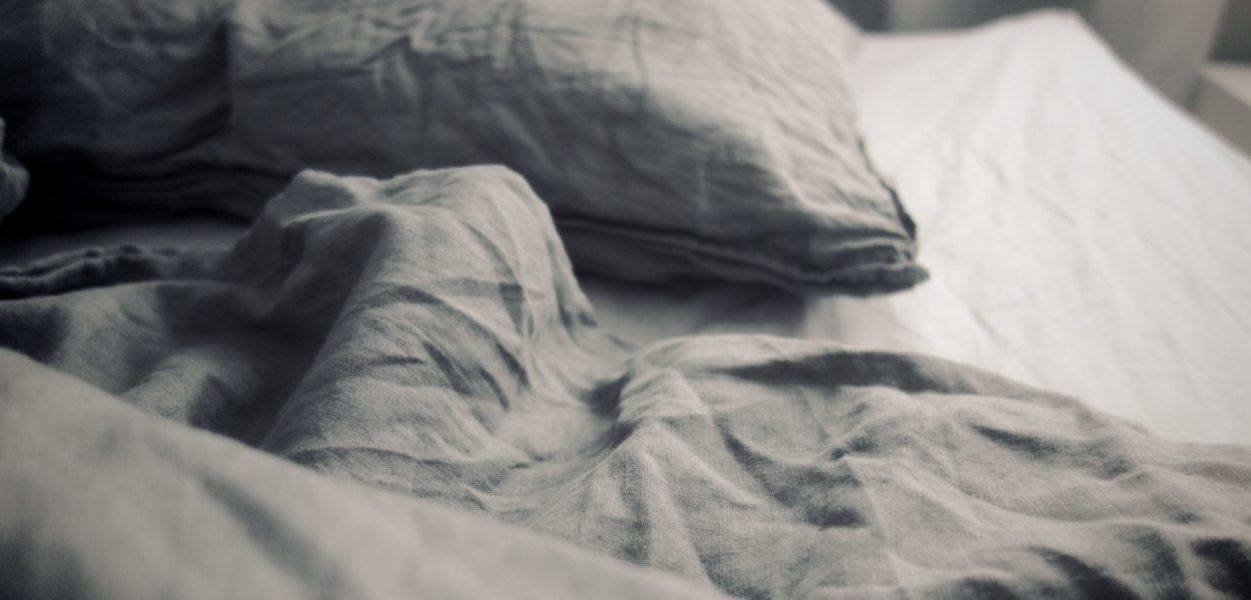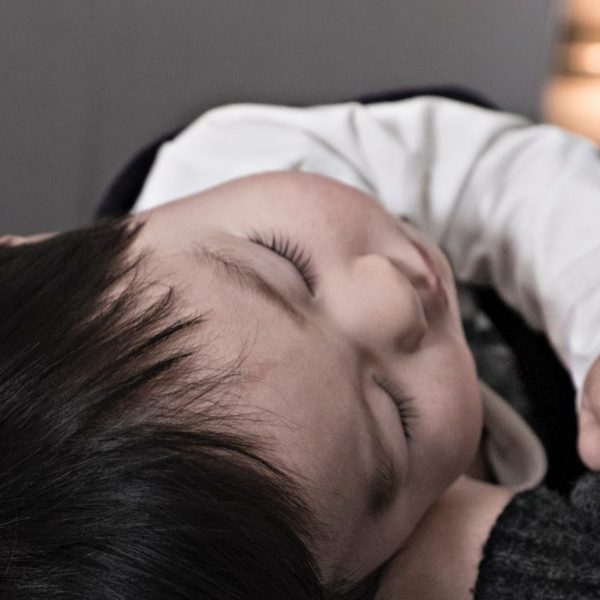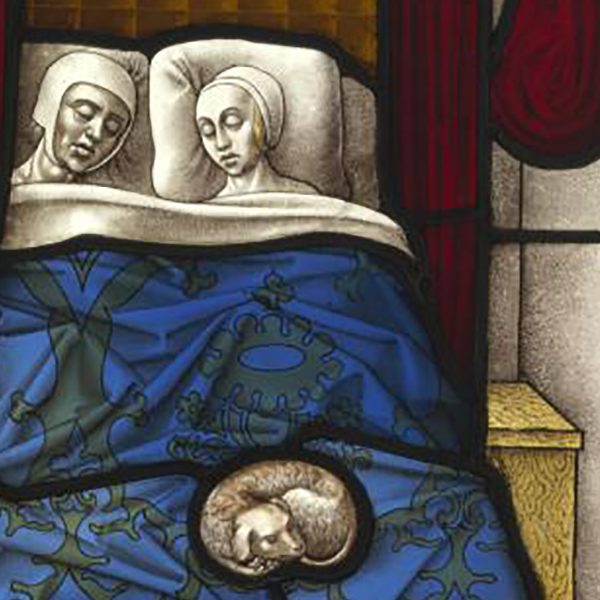Should You Go to a Sleep Clinic?
Meir Kryger—
Many millions of people throughout the world have sleeping problems. In America alone, an estimated 80 million have had problems with their sleep. The percentage of people in Europe with sleep problems varies from about 30% in Poland to about 17% of the population in Italy and Denmark, with the other European countries falling somewhere in between. If so many people are having trouble getting a good night’s sleep, what finally brings them to a sleep clinic?
Daytime sleepiness
This is by far the most common symptom that brings patients to a sleep clinic. People complain of falling asleep at the wrong time, in the wrong place, or when they’re doing something that is potentially dangerous. Some may only complain of falling asleep at the end of the day while watching television or during a performance. Others seek attention because they fall asleep when they shouldn’t—at work or during conversations for example. I had one patient who fell asleep while standing for his own wedding ceremony. Needless to say, his new bride was not pleased. Falling asleep operating heavy machinery, motor vehicles, or airplanes can have catastrophic outcomes. I have treated pilots who had to give up control of an aircraft because they were too sleepy to land the aircraft they were flying. I have also treated a patient who fell asleep driving, resulting in the death of her baby. Some people who are sleepy do not perceive that they are impaired, and these are perhaps the most dangerous.
Snoring
Oftentimes, snoring is seen as an acoustic annoyance, but it is much more than that. The loud noise of snoring may significantly and negatively impact the sleep of others, especially a bed partner of a snorer. On average, bed partners of loud snorers probably lose 1 to 2 hours of sleep a night. But more than that, snoring may be an important symptom of a potentially dangerous sleep breathing disorder. What is distressing is not simply the noise of snoring, but the silence in the midst of snoring episodes that indicates that the person has stopped breathing entirely.
Insomnia
Millions of people have difficulty falling asleep and staying asleep. It is estimated that 10-15% of the adult population has significant chronic insomnia. Insomnia is about twice as common in women compared to men. Some people have this symptom early in life, while in others, the sleep difficulty begins when there is a disease that may result in sleeplessness—a disease such as depression, heart failure, or lung disease. In some people, psychological factors may be playing a role, or people may adopt counterproductive behaviors that perpetuate insomnia (for example, long naps, or drinking too much caffeine to reduce sleepiness as a result of the the reduced nighttime sleep).
Strange behavior
Sleepwalking, sleeptalking, and sleep terrors can be extremely distressing both for those who have them and for those who witness these. In sleep terror, the sleeping person may suddenly sit up, shriek, or yell, wide-eyed and sweating. Research has shown that people are actually asleep during these behaviors. While we are normally paralyzed while we sleep, some people react violently to what they are dreaming. This problem may harm both the patient and the bed partner.
These four symptoms can harm the patient, or their bed partners and daytime sleepiness can result in catastrophic outcomes. If you suffer from any of these symptoms, bring them to the attention of your healthcare practitioner. Your body will thank you for it!
Meir Kryger, M.D., is a professor in the Yale School of Medicine and chief editor of the most widely used sleep medicine textbook, Principles and Practice of Sleep Medicine. He is recognized as a global authority on sleep and has appeared on Dr. Oz, CNN, ABC news, and BBC Radio 5. He lives in Hamden, CT.



























